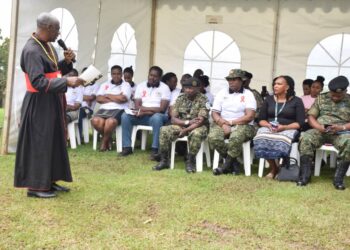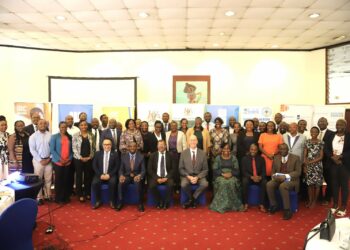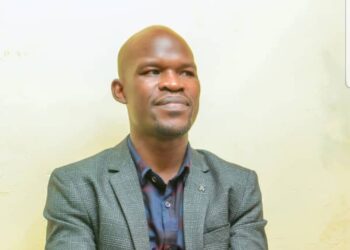By our reporter
More Ugandans to continue dying from tuberculosis (TB), one of the most dangerous diseases in Uganda and least developed countries as a whole, if little effort continues to be put in eradicating the disease from the country.
Researchers have found out that the health sector was not paying enough attention to the prevention, diagnosis and treatment of TB while the diseases continues to affect more people and killing more than half of the infections.
Makerere University researchers say TB still a problem in Uganda due to three key barriers including; budgetary constraints, knowledge and awareness as well as stigma from both clinicians and community.
In the report soon to be released by Makerere University which is the lead institution in the TWENDE consortium researching on the implementation of tuberculosis diagnostics in order to develop effective model for accelerating translation of health research innovations into policy and practice in East Africa, due to limited budgets, there is absence of tests, understaffing and shortage of reagents, medicines and calibration services.
The other problem is TB is the least suspected by healthcare practitioners when a patients reports to the health centre, with over 90 per cent of practitioners not aware of the MTDRplus test. Researchers have also found out that low public awareness was also driving stigma from both clinicians and community.
TWENDE is consortium of Ugandan research institutions in a two year research and advocacy project (January 2016 to December 2017) code named: “Tuberculosis: Working to Empower The Nations’ Diagnostic Efforts (TWENDE) that Makerere University is implementing as part of a University of St. Andrews led Consortium. The project is running co-currently in Kenya, Tanzania and the United Kingdom.
TB remains a high disease burden in Uganda with a total of 87,000 new cases registered every year and round 50 per cent of the said figure succumbing to the disease annually.
The researchers have made a number of recommendations including; innovative fundraising to expand budget allocation to healthcare and research, coordination with implementing partners to harness resources by eliminating duplication of services as well as have refresher training programmes for health workers.
The research says availability of accurate diagnostic and treatment tools on the market can increase accessibility by the patient communities who most need them.
Sadly, this hasn’t happened. For instance, over six years ago the World Health Organisation (WHO)approved rapid diagnostic tests, Xpert MTB/RIF and MDRTBplus to speed up the diagnosis and treatment of tuberculosis but to date only 40 per cent of the world’s TB cases are confirmed with a diagnostic test.
Despite having the highest coverage (93 per cent) of Xpert MTB/RIF machines in East Africa, Uganda’s usage of rapid diagnostics to test TB stands at 24 per cent (WHO 2017).
The coverage and usage of MTDRplus, the only rapid test that confirms TB is at less than 1% in the whole country. We sought to understand the barriers underlying low coverage and usage of these tools in Kenya, Tanzania and Uganda, and draw lessons to increase uptake and accessibility by the communities who most need them.
There is low coverage of X-pert machines, which are found in only 23 per cent Diagnostic Health Facilities.
Do you have a story in your community or an opinion to share with us: Email us at editorial@watchdoguganda.com











